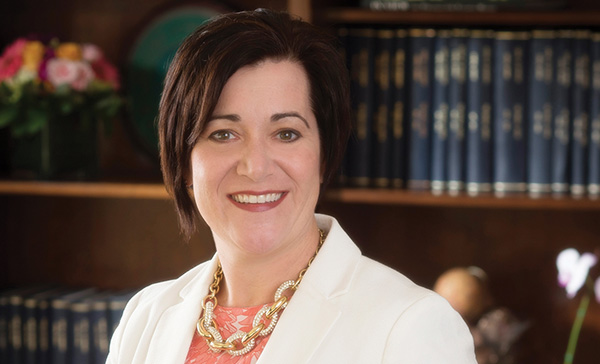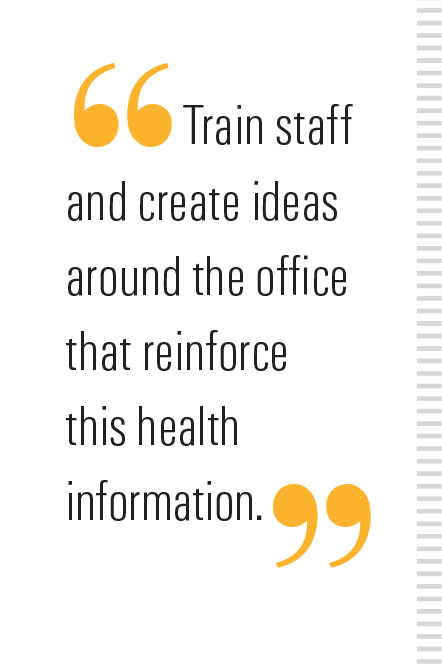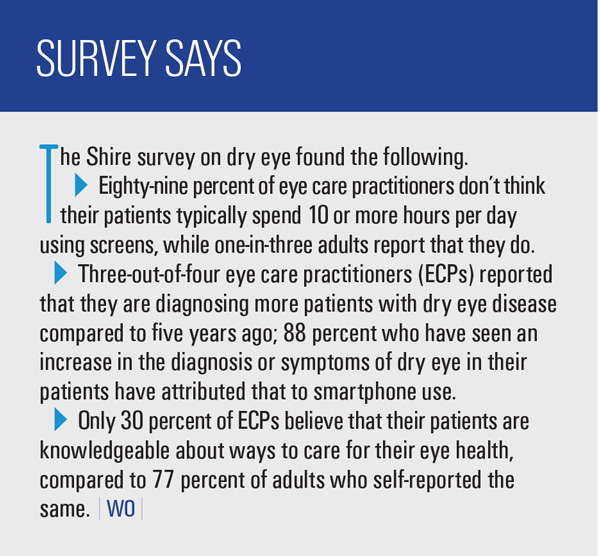

From an optometrist’s point of view, the increase in dry eye patients has been dramatic, and patients of all ages are affected. Whether that’s because more doctors are screening for it or because more patients are aware of it and are asking questions, the result is that patients want relief.
With the launch this summer of Shire’s screen responsibly educational initiative about the intersection between screen use and eye health, patient awareness is likely to climb even higher. “I find these sorts of surveys of practitioners and members of the general public
who have dry eye very interesting because my research is different from these real-world experiences,” says Kelly Nichols, OD, MPH, PhD, FAAO, dean at the School of Optometry at the University of Alabama at Birmingham.


“To some degree, it confirms what many people expect: screen use is taking over our lives. More than 60 percent of patients said that nothing gets in the way of their screen time, and 50 percent said that they would give up something like wine, chocolate and makeup before they would give up their digital devices.”
But the high numbers of patients who admit to these activities is different from many eye care practitioners’ (ECPs’) assumptions. The study that supports this initiative found that 89 percent of ECPs don’t think their patients typically spend 10 or more hours per day using screens, while one-in-three adults reported that they do, in fact.
Dry eye represents a fascinating intersection of practitioner and consumer awareness. “Since 2003, we had a prescription therapeutic approved, and within the past two years, we’ve gained another,” says Dr. Nichols. With more reliable diagnostic methods, doctors can detect more cases, treat more people and provide better advice. Dr. Nichols says she’s done “a 180 with the way I talk about digital devices and screen time. We can follow up with helpful environmental hints when we talk about dry eye signs and symptoms,” she says.


For example, the survey found that 61 percent of patients who have dry eye disease signs or symptoms continue to use their smartphones, even when their eyes are bothering them. “Some of these people are sitting there at the end of the day with contact lenses that feel dry, their smartphones at their side, the TV on and maybe even a laptop nearby,” she says. Now the website screenresponsibly.com can make it even easier to have that conversation with patients because they can look up tips such as checking
the placement of their computer monitors and their workspace in connection to the air vents. Similarly, the myeyelove-ecp.com website can help doctors and staff streamline their conversations with patients.
Dr. Nichols says that the educational initiative has its roots as a public health campaign. “Counseling patients on prevention takes some time, but it doesn’t all have to come from the doctor. Train staff and create ideas around the office that reinforce this health information,” she says. The doctor’s role could be as simple as saying, “We want you to have eye health information that can help you for the rest of your life so that you can avoid developing a serious case or dry eye disease or dropping out of contact lenses. My staff is going to address that with you.”
The take-home message from the survey data and the educational campaign is that “doctors shouldn’t be afraid to do something. That’s why I like the ‘ask, look and do something’ mantra. Ask some questions about dry eye symptoms and the patient’s use of artificial tears. Look at the ocular surface and make an assessment, and then do something—which can be as simple as reminding patients about responsible screen time strategies,” she says.





